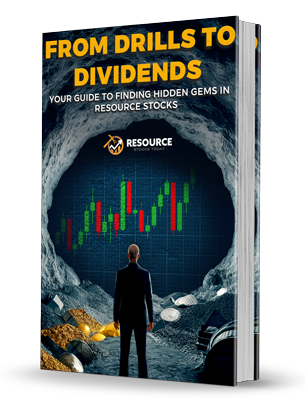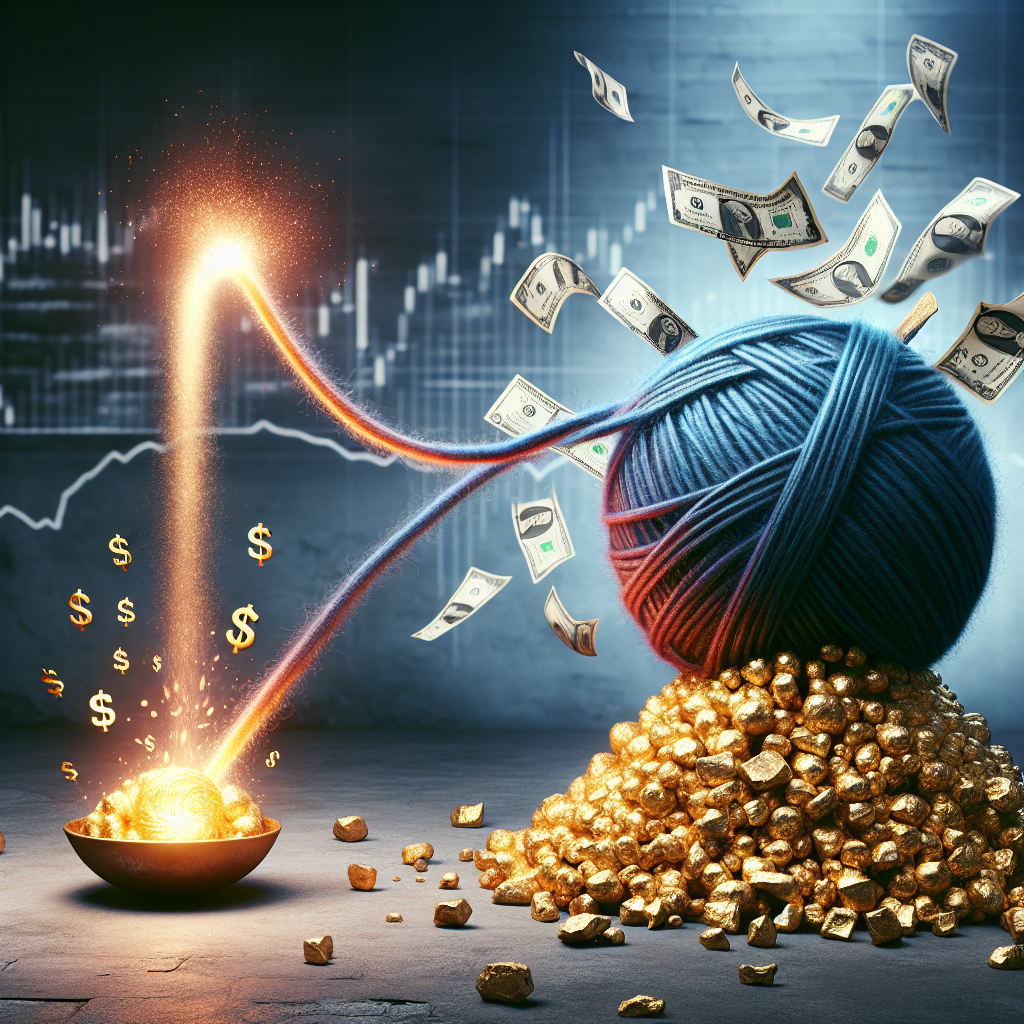The Resurgence of Gold: An Investor’s Hedge Against Economic Uncertainty
Gold’s Performance Amid Tariff Uncertainty
Gold prices have risen sharply, reaffirming their status as a critical component in investment portfolios, particularly in times of economic uncertainty. On a recent Monday, SPDR Gold Shares (GLD), an exchange-traded fund (ETF) that buys physical gold, surged by 1.7%, hitting a record high. This rally follows a remarkable trend, marking six consecutive weeks of gains—the longest such winning streak since 2020. Such robust performance comes as investors closely monitor the evolving landscape of tariffs and their implications for global economic growth.
Hedging Against Market Risks
Investment strategists are increasingly advocating for gold as an effective hedge against market volatility. Analysts at Citigroup pointed out that gold bars are often acquired specifically to mitigate risks associated with tariffs and broader economic downturns. They project a near-term escalation in gold prices, estimating that gold may well reach $3,000 per ounce in the foreseeable future.
This sentiment is echoed by Solita Marcelli, chief investment officer for the Americas at UBS Global Wealth Management. She emphasized that gold remains a key portfolio diversifier and suggested an optimal allocation of around 5% within a balanced U.S. dollar portfolio. Such allocation can provide a buffer against potential economic shocks driven by increasing tariffs or geopolitical tensions.
The Implications of U.S. Tariffs
Recent statements from President Trump regarding planned “reciprocal” tariffs, alongside additional tariffs on steel and aluminum imports, have heightened investor concerns. The U.S. stock market dipped following these announcements, reflecting worries that tariffs could stifle economic growth and contribute to rising consumer prices—factors that contradict the Federal Reserve’s goals of reducing inflation to a 2% target.
UBS’s Marcelli warns that aggressive U.S. tariffs might incite retaliatory measures from trading partners, potentially escalating into a tit-for-tat scenario that could further disrupt economic stability. However, her base case predicts “selective tariffs” that, while burdensome, won’t completely derail U.S. economic growth.
Market Dynamics and Stock Performance
Despite recent volatility, U.S. stocks showed signs of recovery on the subsequent Monday, with the Dow Jones Industrial Average, S&P 500, and Nasdaq Composite all gaining. Notably, the SPDR S&P Metals & Mining ETF (XME) soared by 3.8%, illustrating the renewed interest in resource stocks amidst ongoing trade tensions.
In a broader context, gold’s performance has substantially outperformed both the U.S. equity markets and bonds this year. Since the year’s start, gold has appreciated by over 10.8%, whereas the S&P 500 has managed a more modest gain of 3.1%. The iShares Core U.S. Aggregate Bond ETF (AGG) has only recorded a total return of 0.9%, highlighting the robust demand for gold in an uncertain market.
Central Banks and Gold Demand
Another key factor bolstering gold prices is increased central bank demand. Many of these institutions are diversifying their reserves away from traditional currencies due to concerns about sanctions and geopolitical instability. This trend reinforces the view of precious metals as “safe” assets in turbulent times—a sentiment echoed by Joe Maher, an assistant economist at Capital Economics.
However, caution is warranted. Maher cautioned that while the current rally in gold prices is significant, it may not be sustainable in the long term. Central banks’ reserve diversification tends to be gradual, and some market participants may hesitate to invest at gold’s elevated valuations.
Conclusion: Strategies for Serious Investors
Given the current landscape marked by tariff uncertainties and inflationary pressures, gold continues to be a valuable asset for investors looking to hedge against volatility. With escalating geopolitical risks and fluctuating market conditions, maintaining a strategic allocation to gold could be advantageous. As we move through the anticipated volatility in economic markets, those considering investment in commodities should closely monitor these developments, keeping an eye on both gold and related resource stocks for potential opportunities.
For serious investors, a measured approach to incorporating gold into a diversified portfolio—alongside a watchful eye on broader market dynamics—remains prudent in these unpredictable times.















